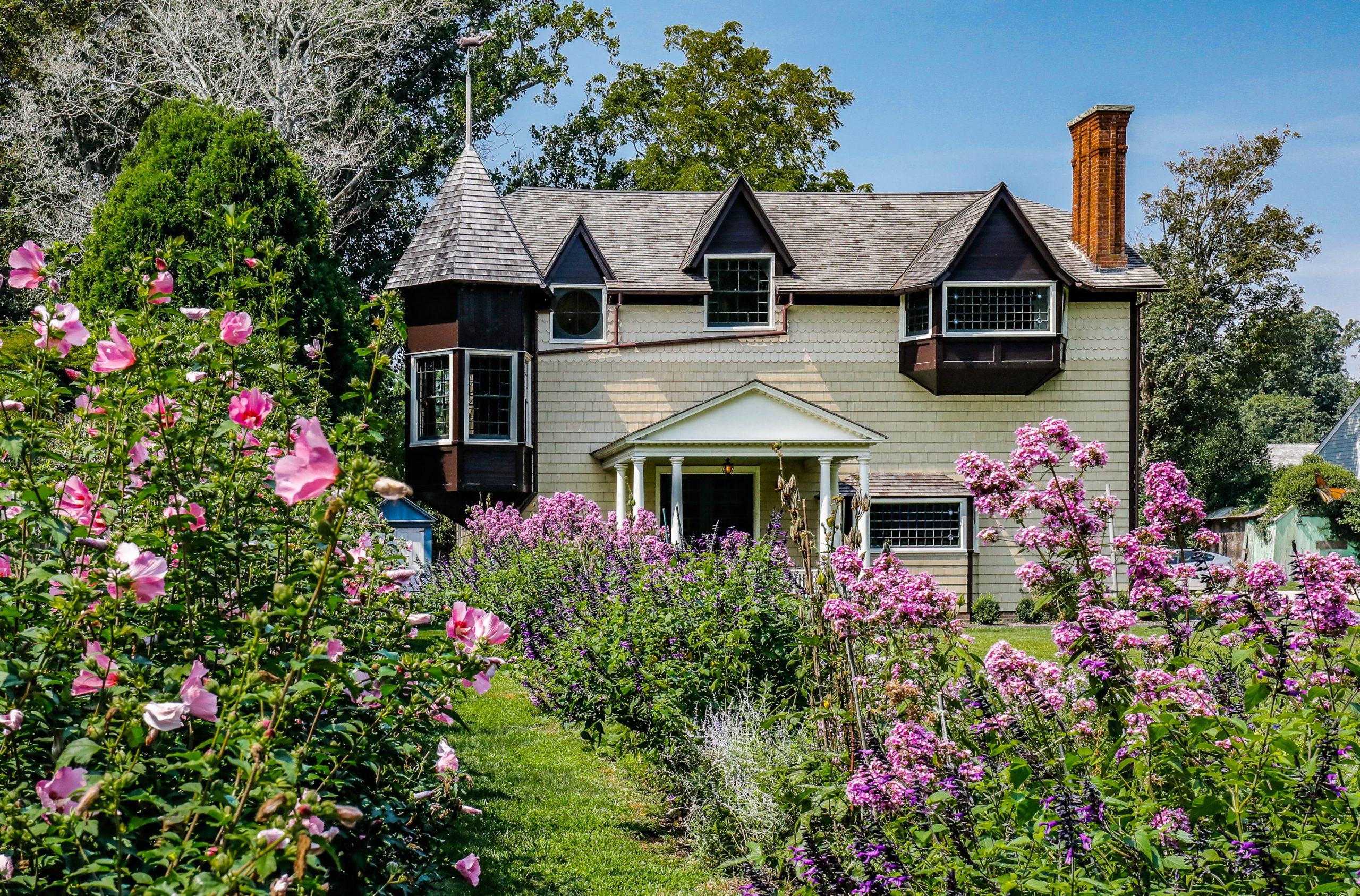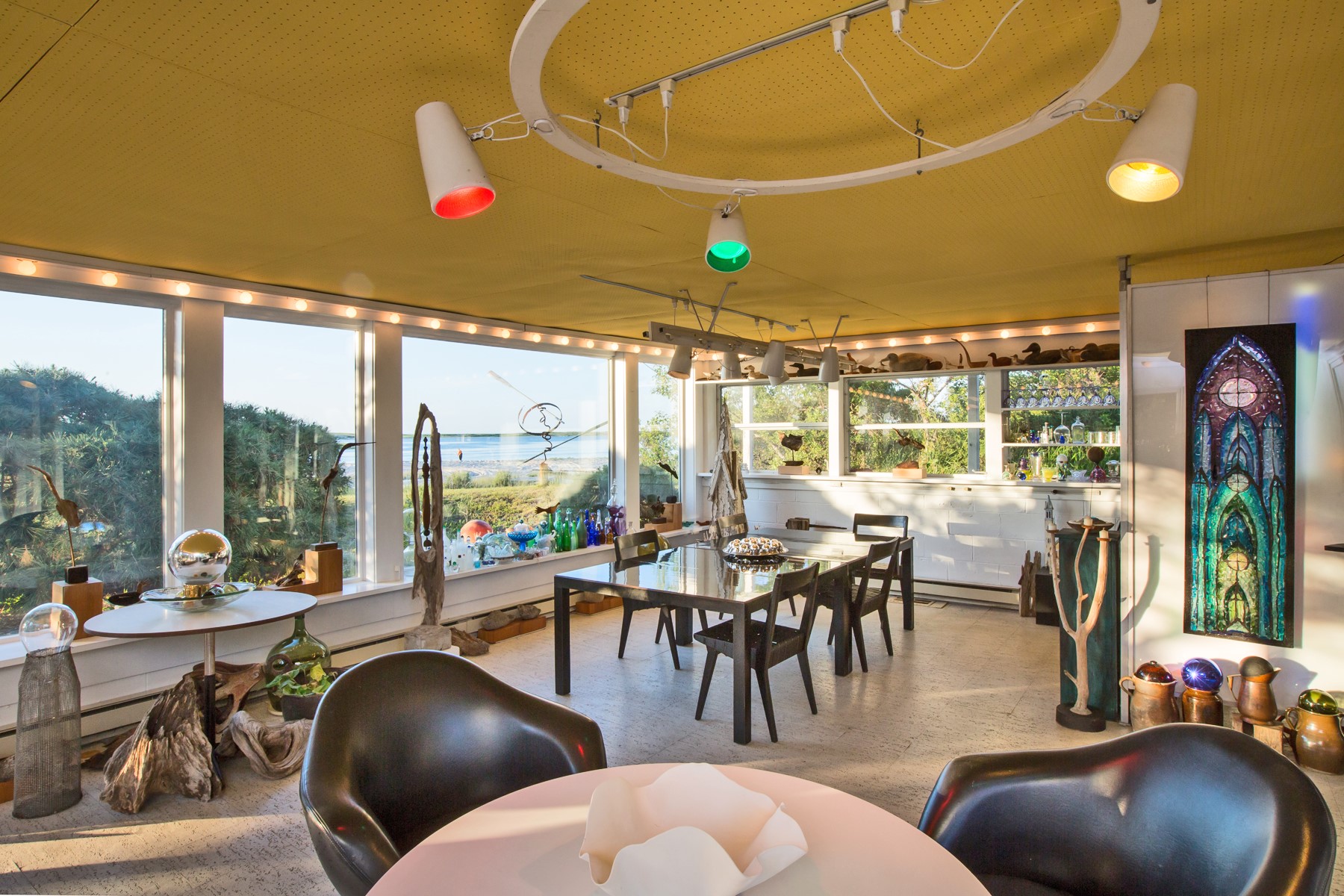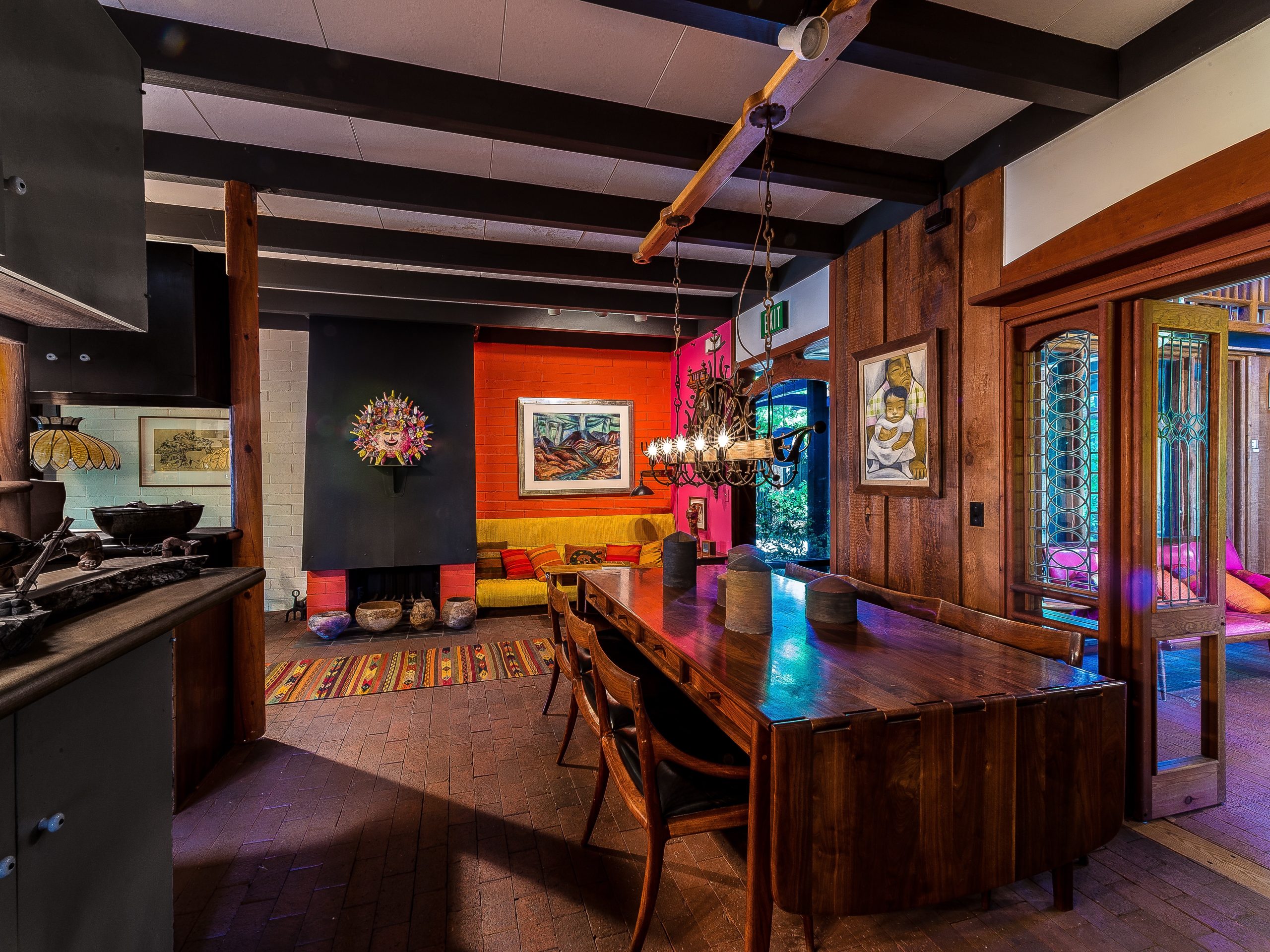The National Trust for Historic Preservation is pleased to announce the second round of Dorothy C. Radgowski Learning Through Women’s Achievement in the Arts grants to three Historic Artists’ Homes and Studios (HAHS) sites. This grant round, made possible with funding from the Richard H. Driehaus Foundation, continues and expands the successful partnership between the Where Women Made History program and HAHS. With these awards, the National Trust has provided $118,365 in grants during the first year of the program to support the exploration of women’s wide-ranging influence at sites of creativity across the HAHS network. Side of Culture reported on the first round of grants for this program earlier this year.
These projects represent groundbreaking work in gender equity, public engagement, and student education at historic places, with imaginative approaches to connecting women to the arts and sciences that embrace new partnerships in the sciences and education, elevate diversity and inclusion, and adopt multiple program types including in-class, after school, and online options.
The projects will receive a total of $49,865 in awards this July and will become part of the virtual casebook of educational models for historic sites that the National Trust plans to document and share widely in 2024:
Thomas and Mary Nimmo Moran Studio (East Hampton, New York) for “Artistic Identities: Using STEAM, History, and Artmaking to Understand Gender, Race, and Class.” Mary Nimmo Moran’s and Sarah Fowler’s lives intersected at the Moran Home & Studio in the 1880s and 1890s. Through the etchings of Nimmo Moran and the beading and basket weaving of Fowler (a member of the Montaukett Indian Nation), this afterschool program will explore how both women used science to create artwork expressing their identity and heritage. An intensive 28-week OST (Out of School Time) program will center on opportunities to learn science and history while incorporating a comprehensive art program featuring artmaking with professional artists and members of several Long Island Indigenous communities. The program is designed to help students meet NY State learning standards for grades 4-6, improve student achievement, school attendance, and social and emotional learning. A potential “in-class” version of the program available for all five local school districts will be considered as well.
Mabel and Victor D’Amico Home and Studio and Art Barge (Amagansett, New York) for “Mabel D’Amico Full STEAM Ahead: A Found Object Art Tour and Workshop.” This project will celebrate and amplify the experimental art-making and innovative teaching of Mabel D’Amico with a five-phase, multi-day program that can be adjusted to fit the needs of educational partners. Mabel’s pedagogy, lifestyle, and artmaking are the sources of inspiration for the program, encouraging children to learn about the natural environment around them through engagement in the creative process. Hands-on, found-object construction experiences align with Mabel’s artwork and build on her connection to the natural environment and wildlife around her home, studio, and the art barge. Students will consider scale, balance, stability, and materials used in Mabel’s work, and explore the skills used in building and sculptural construction. A new, free online video will highlight Mabel’s deep connection to the local environment in her artwork and collections, and will include descriptions of Mabel’s construction process along with detailed steps for creating found-object construction.
Sam and Alfreda Maloof Foundation for Arts and Crafts (Alta Loma, California) for “Alfreda Maloof and Art, Math and Science Lessons of the Maloof Historic Home.” In partnership with the Ontario Montclair School District (88% Latino/Hispanic student population) and the Smithsonian Institution’s “Leadership for Change” internship program, the Maloof Foundation will expand its four-week K-6 curriculum beyond its current focus on art to incorporate science and environmental teaching. A new “Guide to Science Learning in the Maloof Discovery Garden” will conduct new archival research about the life and work of Alfreda Maloof in the management of the family’s citrus groves, creating up to six new bilingual lessons (in English and Spanish) relating to science, environment, and climate change. The guide will be developed in collaboration with teachers from science academies in local public schools and piloted with students before, during, and after their field trip visits to the Maloof Foundation, and also will be made available as a free, online resource.
“We are confident each of these will produce outstanding projects to address the considerable demand for educational content that allows grade schools students to understand women’s achievements across the arts and sciences in the context of the physical places and environments where they made their impact,” said Chris Morris, senior director of preservation programs at the National Trust.
By Valerie Balint and Chris Morris
Featured photo: Front facade of the Moran Studio with Mary Nimmo Moran’s garden restored by the Garden Club in the foreground, East Hampton, New York. Photo by:Jeff Heatley/East Hampton Historical Society



